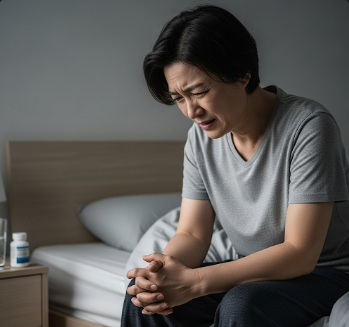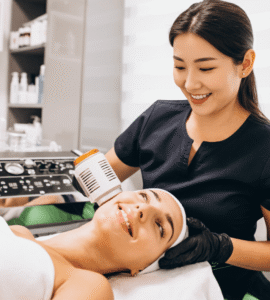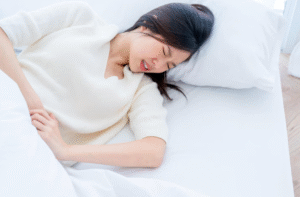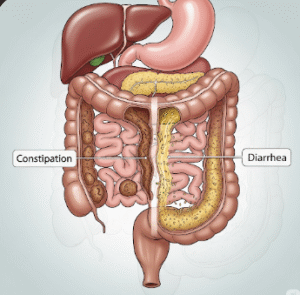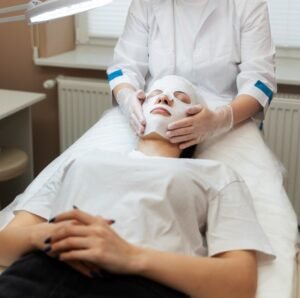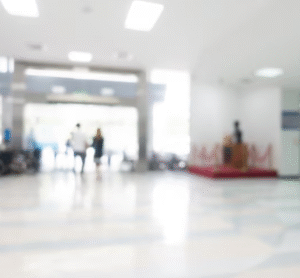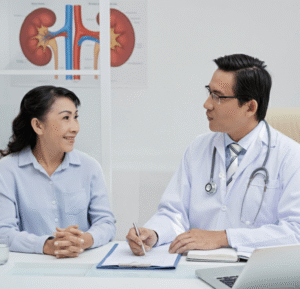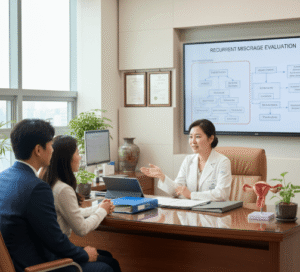Overview
Lower Urinary Tract Symptoms (LUTS) refer to a group of urinary problems affecting the bladder, urethra, or prostate. LUTS is a common condition in both men and women, particularly affecting older adults. Symptoms can range from frequent urination and urgency to weak urine flow or incomplete bladder emptying.
In Korea, urology and nephrology clinics provide advanced diagnostics and treatment options for LUTS, including urodynamic studies, imaging, and minimally invasive procedures. Early intervention helps improve quality of life, prevent complications such as urinary tract infections (UTIs), and maintain bladder function.
Key Facts
- ➔ LUTS affects millions of adults worldwide, with higher prevalence in men over 50 due to prostate enlargement.
- ➔ Symptoms are classified as storage, voiding, or post-micturition problems.
- ➔ Common causes include benign prostatic hyperplasia (BPH), bladder overactivity, infections, or neurological disorders.
- ➔ Untreated LUTS can lead to urinary retention, recurrent infections, kidney damage, and sleep disturbances.
- ➔ Effective evaluation and management can improve urinary function and overall quality of life.
What is Lower Urinary Tract Symptoms (LUTS)?
LUTS encompasses a range of urinary difficulties affecting the lower urinary tract:
- ➔ Storage symptoms: Increased frequency, urgency, nocturia (nighttime urination), and incontinence.
- ➔ Voiding symptoms: Slow stream, hesitancy, straining, and intermittent flow.
- ➔ ➔ Post-micturition symptoms: Feeling of incomplete emptying or dribbling after urination.
- ➔ Clinical significance: LUTS can indicate underlying conditions such as BPH, bladder dysfunction, infection, or neurological disease, requiring proper evaluation.
- ➔ Impact: Persistent LUTS can affect sleep, social life, and daily activities, making management important for overall well-being.
What Symptoms Are Related To
LUTS may present with various associated symptoms depending on the underlying cause:
- ➔ Increased urinary frequency during the day or night
- ➔ Sudden urgency to urinate
- ➔ Difficulty starting or stopping urination
- ➔ Weak or interrupted urine stream
- ➔ Pain or burning sensation during urination
- ➔ Urinary incontinence or dribbling after urination
- ➔ Lower abdominal or pelvic discomfort
- ➔ Recurrent urinary tract infections in some cases
Identifying these related symptoms helps clinicians differentiate between causes and plan effective management.
What Causes / Possible Causes
Lower urinary tract symptoms can arise from several conditions:
- ➔ Benign prostatic hyperplasia (BPH): Enlargement of the prostate causing obstruction in men
- ➔ Bladder overactivity: Spasms of the bladder muscle leading to urgency and frequency
- ➔ Urinary tract infections (UTIs): Infection causing irritation, pain, and urgency
- ➔ Neurological disorders: Parkinson’s disease, multiple sclerosis, or spinal cord injury affecting bladder control
- ➔ Urethral strictures or obstructions: Narrowing of the urethra causing weak flow or retention
- ➔ Medications: Diuretics, antihistamines, or antidepressants affecting bladder function
- ➔ Lifestyle factors: Excessive fluid intake, caffeine, or alcohol worsening symptoms
Understanding the cause is essential to tailor treatment and prevent complications such as urinary retention or kidney damage.
When Should I See My Doctor
Consult a healthcare provider promptly if LUTS is:
- ➔ Persistent or worsening despite lifestyle changes
- ➔ Associated with pain, blood in urine, or recurrent urinary tract infections
- ➔ Leading to inability to urinate or urinary retention
- ➔ Causing sleep disruption, fatigue, or significant impact on daily life
- ➔ Seen alongside neurological symptoms such as weakness or numbness
Early evaluation ensures accurate diagnosis and timely treatment, reducing the risk of complications.
Care and Treatment
Treatment for LUTS depends on the underlying cause and severity of symptoms:
- ➔ Lifestyle modifications: Reducing caffeine, alcohol, and fluid intake before bedtime; bladder training exercises
- ➔ Medications: Alpha-blockers to relax prostate muscles, antimuscarinics for bladder overactivity, or antibiotics for infections
- ➔ Minimally invasive procedures: Transurethral resection of the prostate (TURP), laser therapy, or urethral dilation for obstruction
- ➔ Surgical interventions: In severe cases of BPH or structural obstruction
- ➔ Pelvic floor exercises: Strengthening muscles to improve bladder control and reduce incontinence
- ➔ Regular monitoring: Follow-up evaluations to track symptom progression and response to therapy
Combining medical treatment with lifestyle adjustments often yields the best outcomes.
Treatment Options in Korea
Korean hospitals provide comprehensive care for LUTS:
- ➔ Diagnostic evaluations: Urodynamic studies, urine analysis, ultrasound, CT, or MRI to determine cause
- ➔ Specialist consultations: Urologists, nephrologists, and neurologists for tailored management
- ➔ Medication management: Alpha-blockers, antimuscarinics, or combination therapy depending on symptoms
- ➔ Minimally invasive and surgical procedures: TURP, laser therapy, or urethral dilation for obstruction
- ➔ Pelvic floor therapy and lifestyle counseling: Guided by physiotherapists and dietitians for symptom relief
- ➔ Multidisciplinary care: Collaboration between specialists to ensure personalized, safe, and effective treatment
Leading hospitals such as Seoul National University Hospital, Asan Medical Center, and Samsung Medical Center provide state-of-the-art diagnostics and treatments for LUTS, ensuring early intervention, improved urinary function, and enhanced quality of life.
In Summary: Lower urinary tract symptoms (LUTS) are a common set of urinary problems that can significantly affect daily life. Prompt evaluation and treatment in Korea can relieve symptoms, address underlying causes, and prevent complications.
- ➔ Key Takeaway: Persistent or bothersome urinary symptoms should not be ignored, especially if accompanied by pain, blood, or urinary retention.
- ➔ Action Point: Seek medical consultation for proper diagnosis, individualized treatment, and ongoing management of LUTS.

